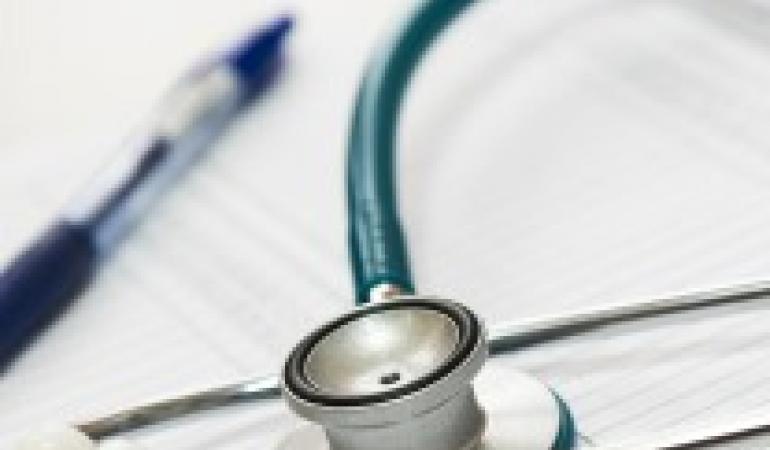
At European level, different methods are used to identify substances and processes that may cause cancer as early as possible, the so-called early warning systems. Besides signaling tools, databases are available with information on exposure to hazardous substances and processes, and health effects. This emerges from an inventory by the Dutch National Institute for Public Health and the Environment, RIVM, for identifying new and emerging risks for workers in 51 European countries.
The Dutch ministry of Social Affairs and Employment aims to reduce worker exposure to carcinogens. Therefore, it is important to identify carcinogens and work processes that may cause cancer as early as possible. There is much interest at the European level in so-called early warning systems, but countries use different systems for identification. RIVM has made an inventory in 51 European countries for identifying new and emerging risks for workers.
Signaling tools
Seven countries developed a signaling tool, sometimes in cooperation with another country. Using such a tool, physicians can report health effects, e.g. cancer, when they suspect a hitherto unknown causal relationship between substances or work processes and the reported health effect. Next, a group of experts in occupational disease and exposure will evaluate the possible causal relationship. Ten other countries reported systems which are not specifically designed to identify new and emerging risks of chemicals, but which may be used as such.
Databases
Besides signaling tools, databases are available with information on exposure to hazardous substances and processes, and health effects. These databases can be used to identify possible carcinogens. Again, expert groups play a fundamental role in the evaluation.
Expertise centres
National centres that investigate work-related health effects of workers play an essential role in the evaluation of a possible causal relationship between exposure and health effect, according to experts in the field. According to most of the countries in this study, cases should be collected and evaluated preferably at an international level. Many suggestions were given; e.g. using an already existing international network of professionals who evaluate and discuss new and emerging risks for workers (MODERNET) or other international advisory committees.
Once a new and emerging health risk has been established, action has to be taken to control the risk. This study gives an overview of possible actions.
Possible measures could be informing the relevant inspection, informing OHS experts, whether the substance is already addressed in the REACH and CLP process and, if this is not yet the case, make a risk management options analysis (RMOA) under REACH or the application of other legislation (biocides, cosmetics, etc.).